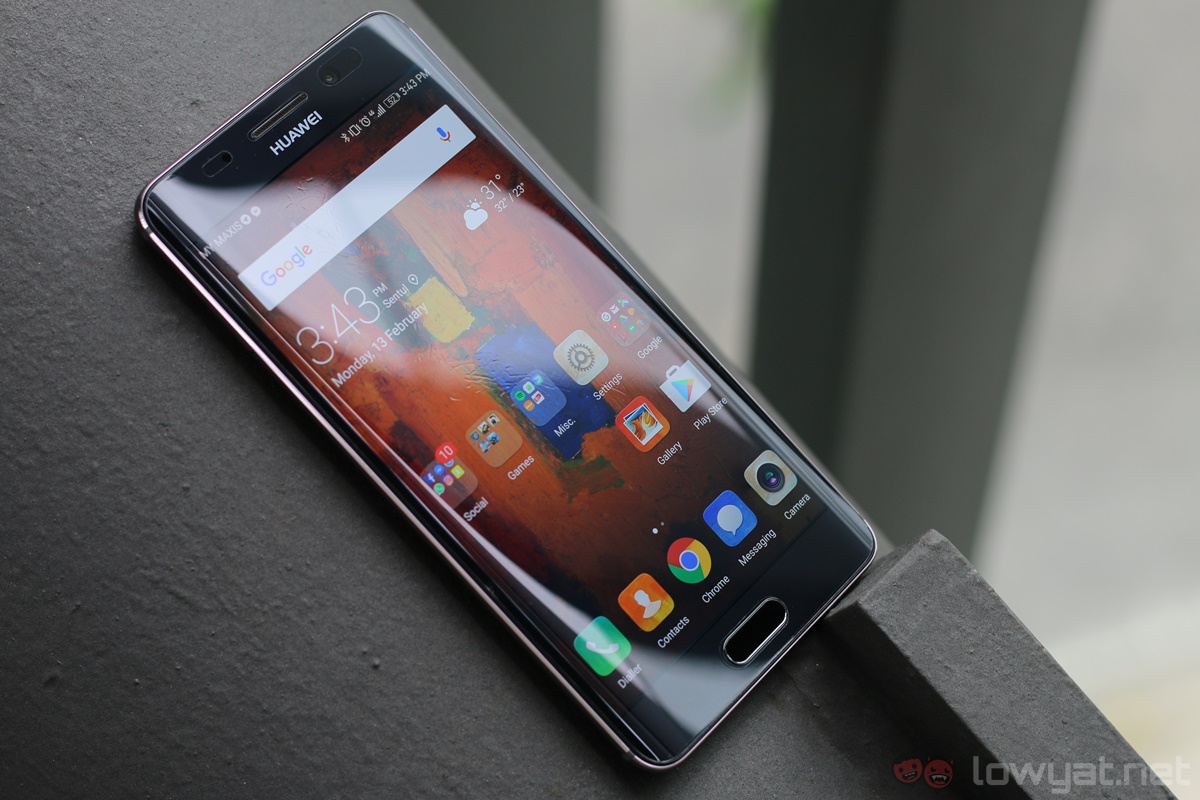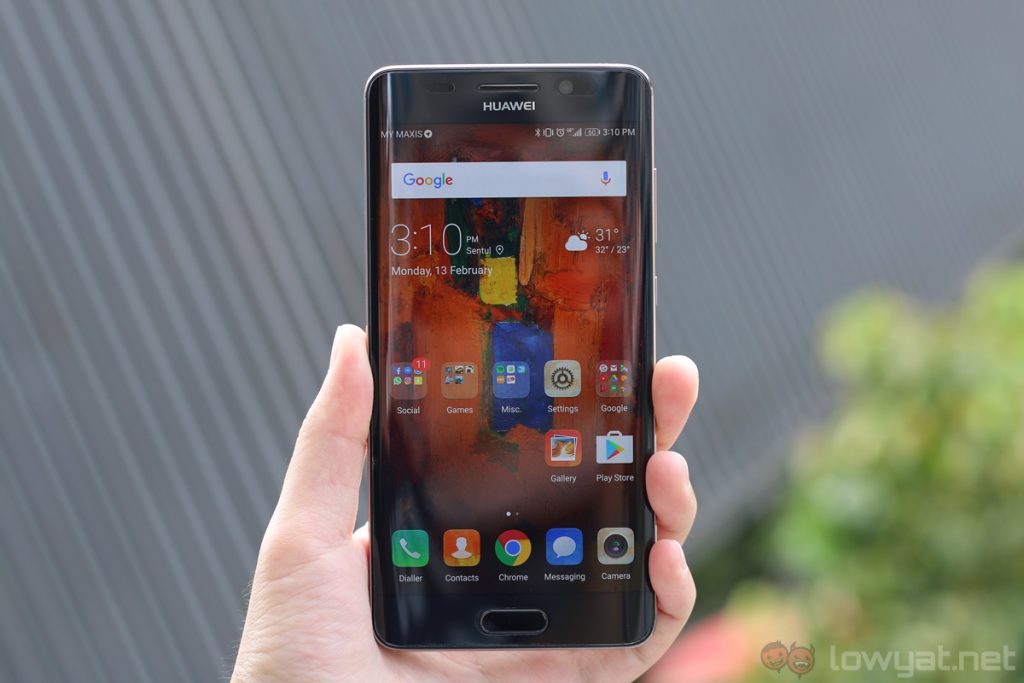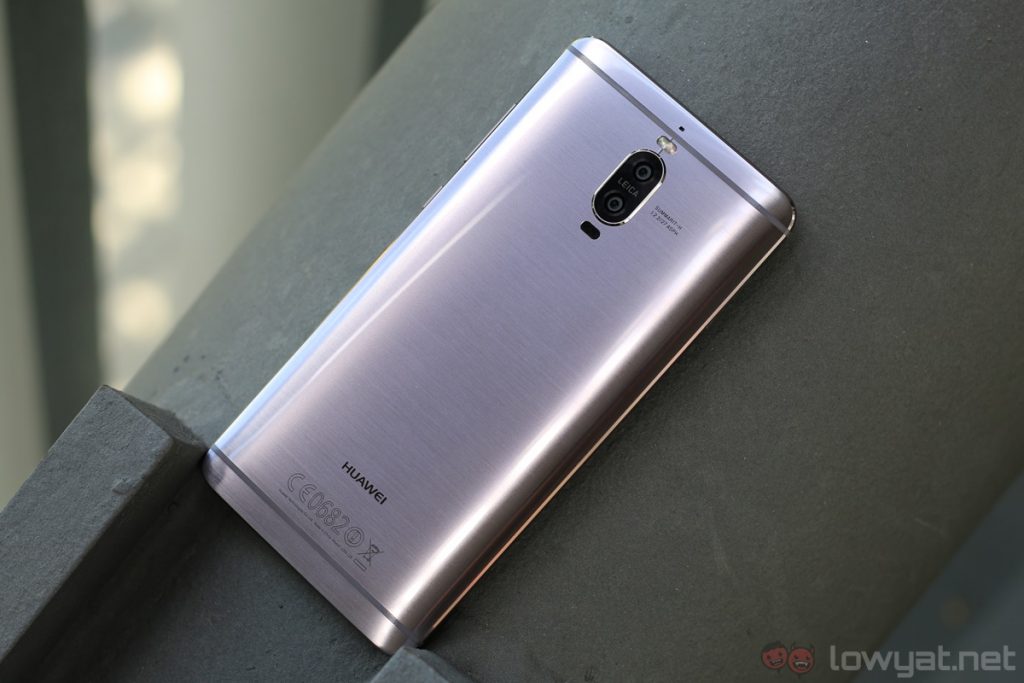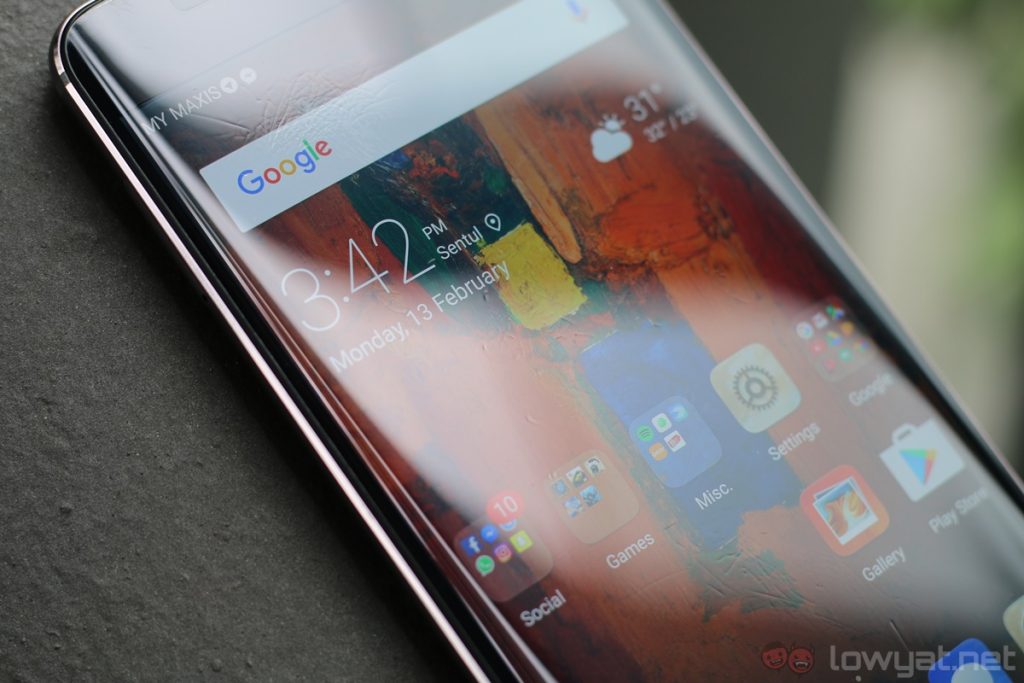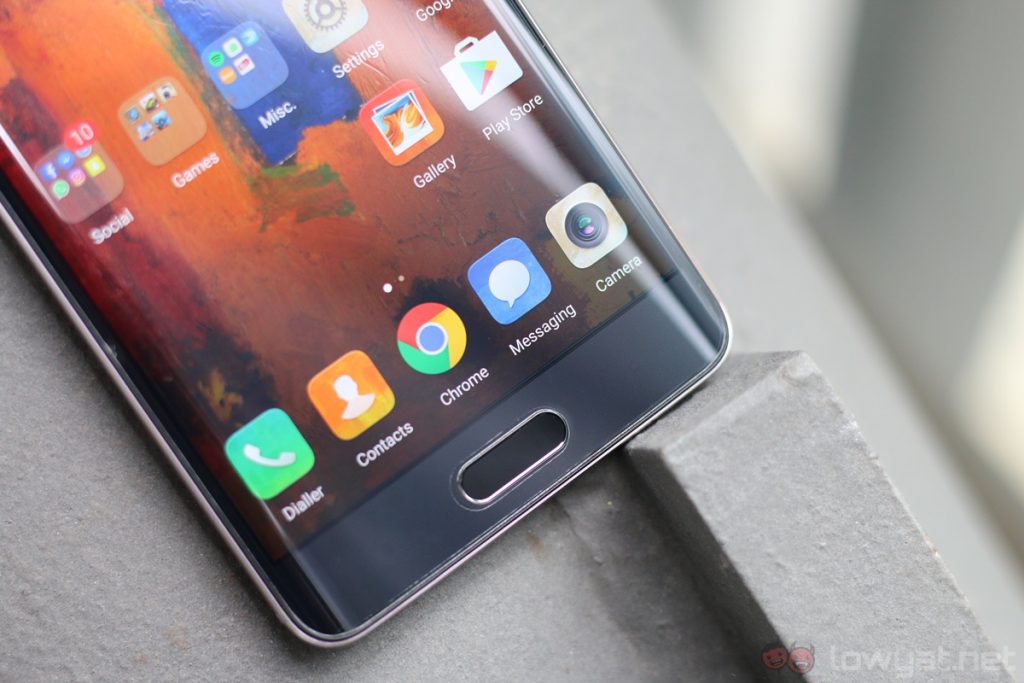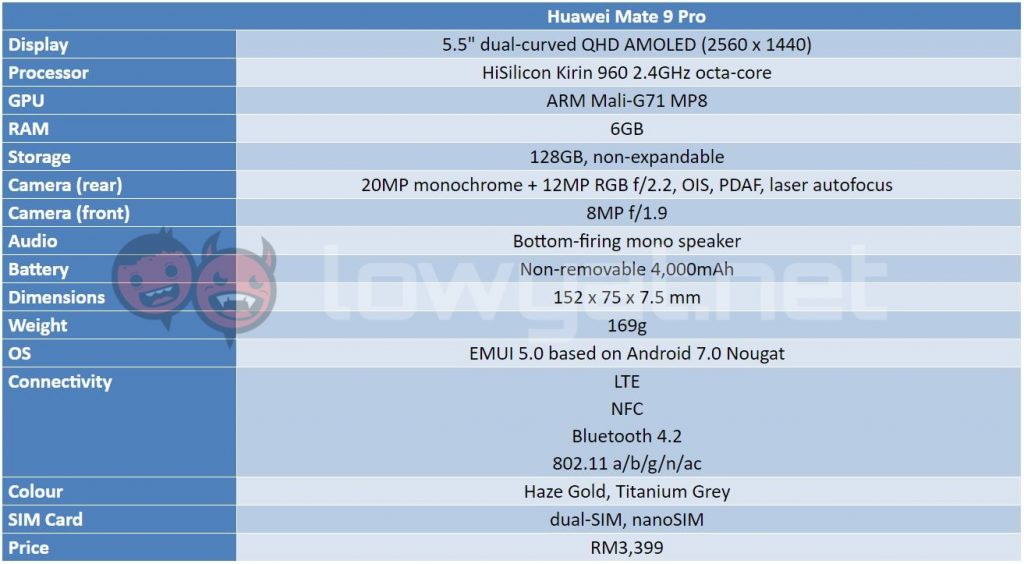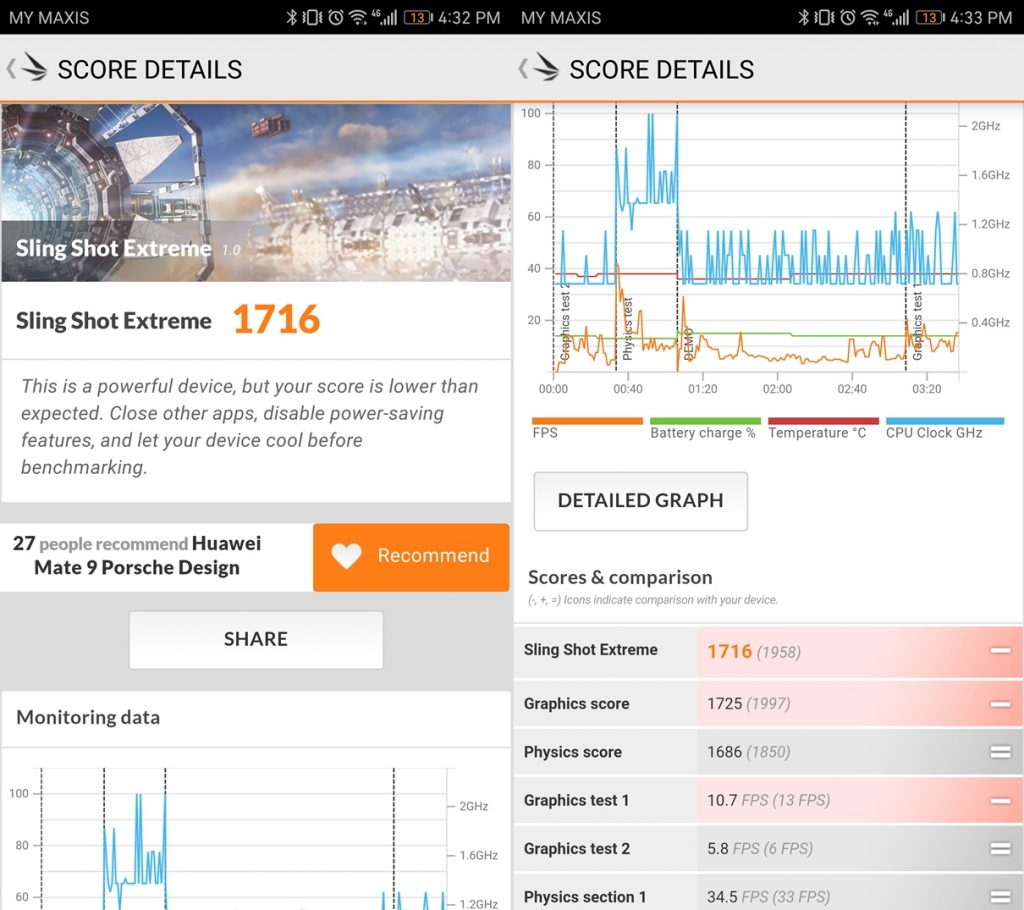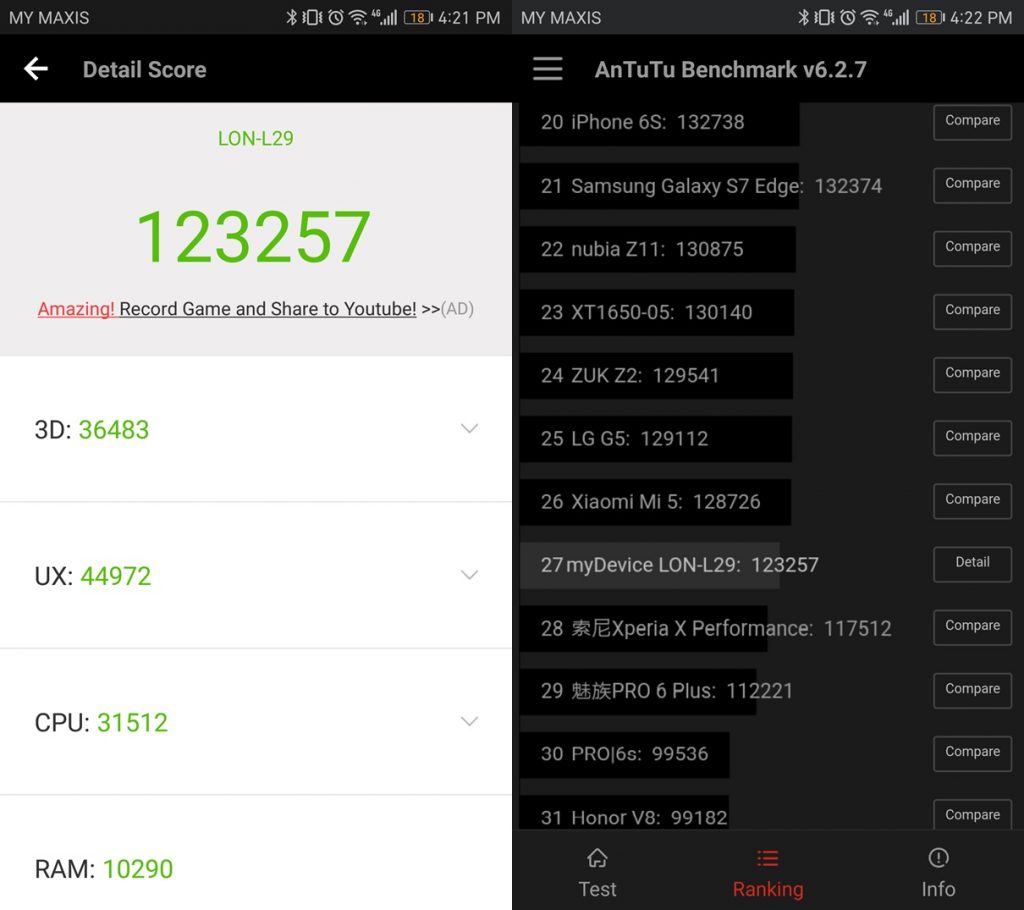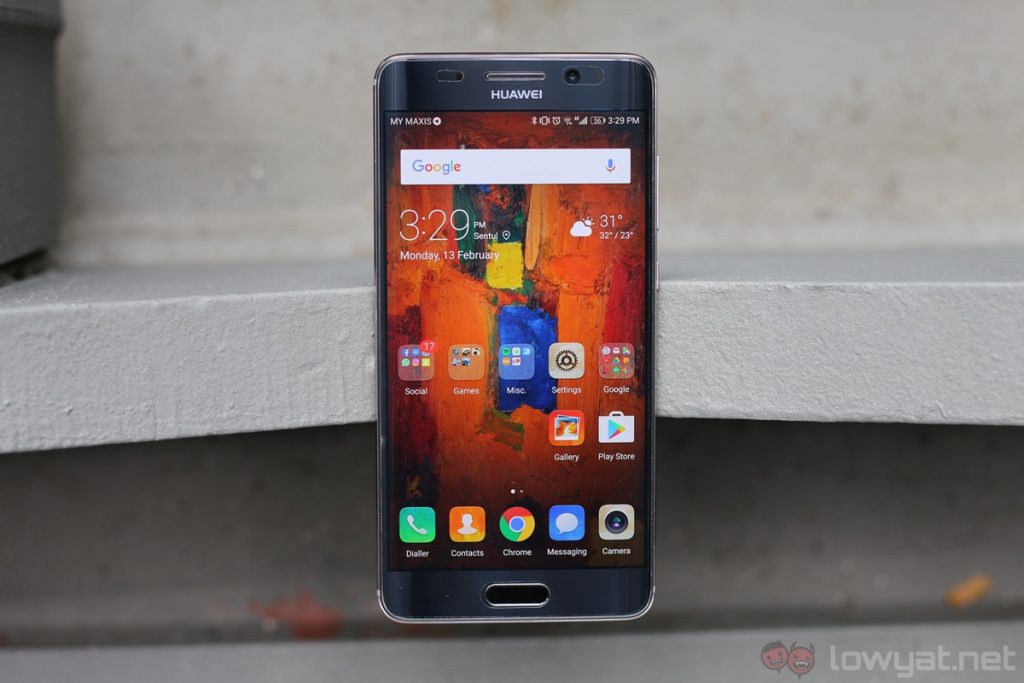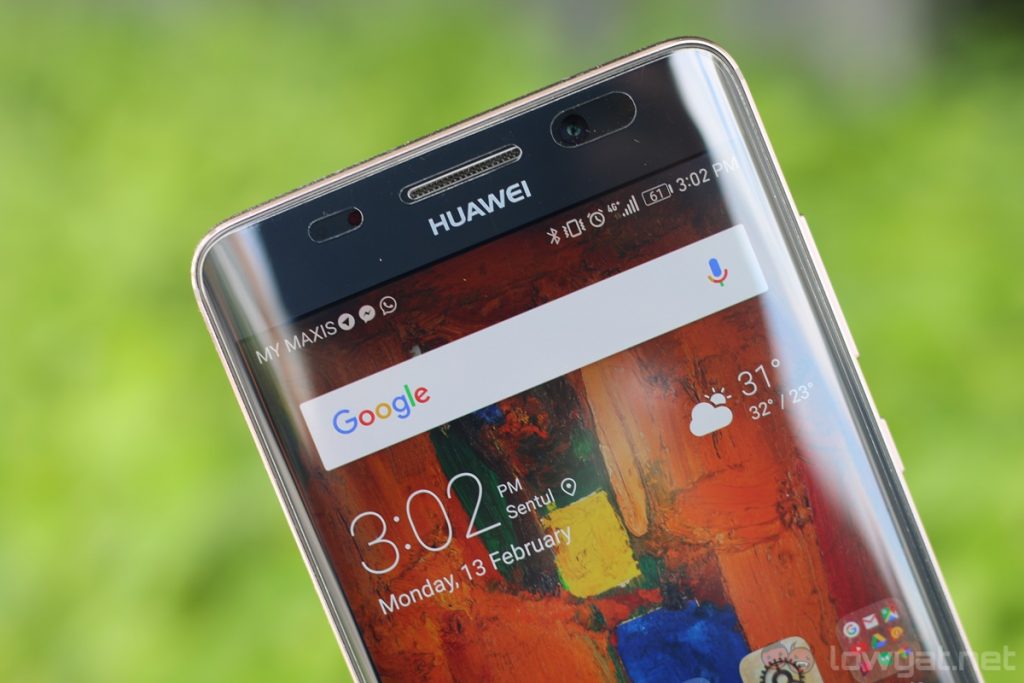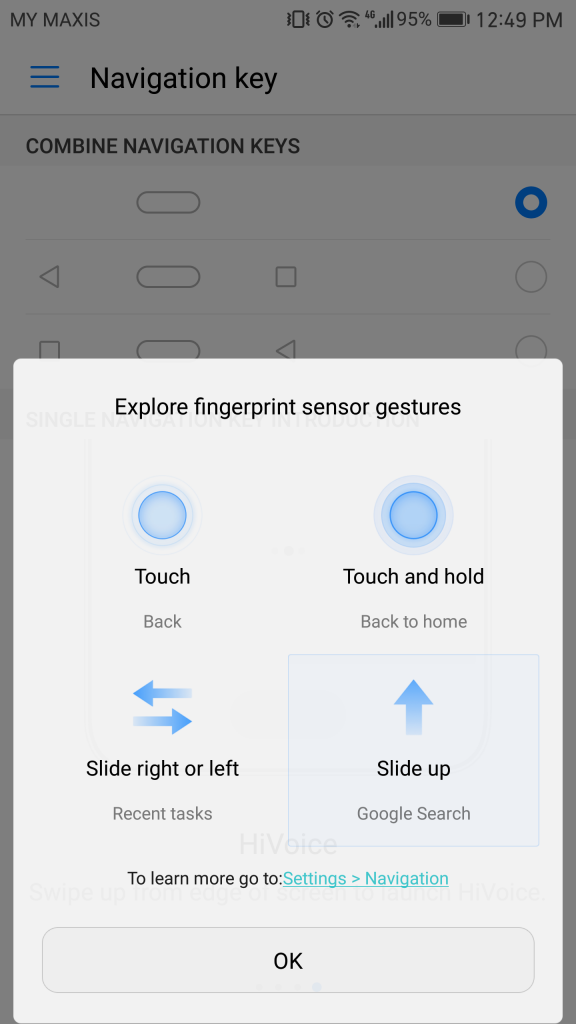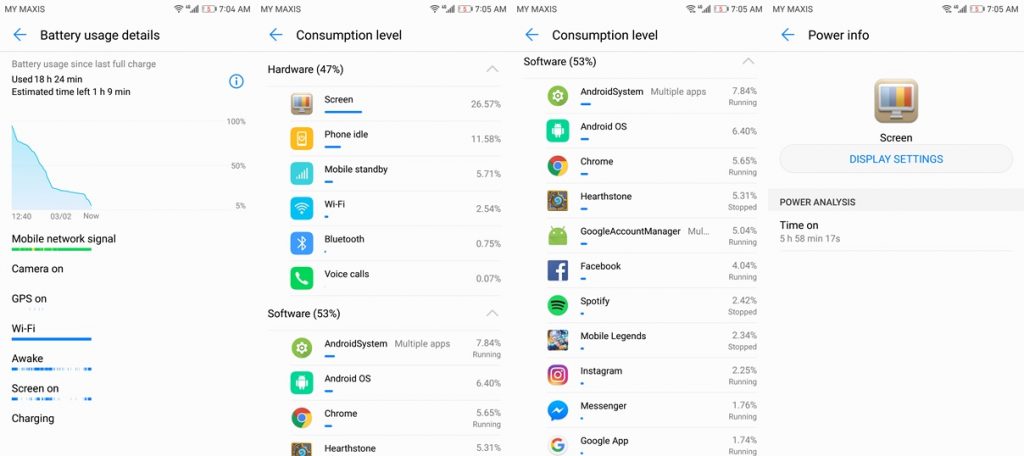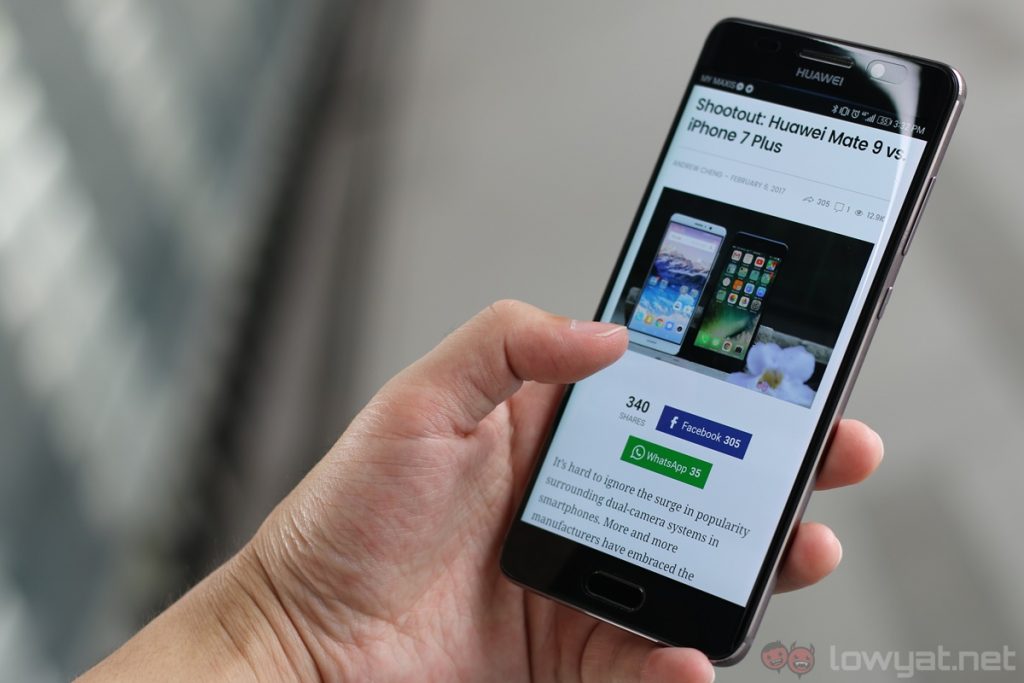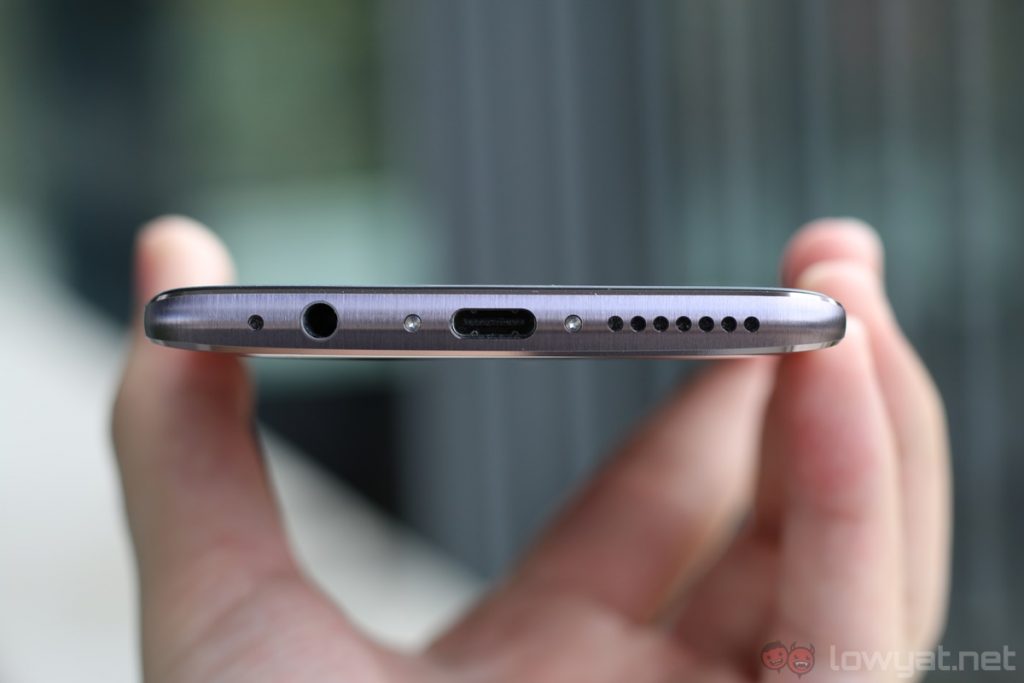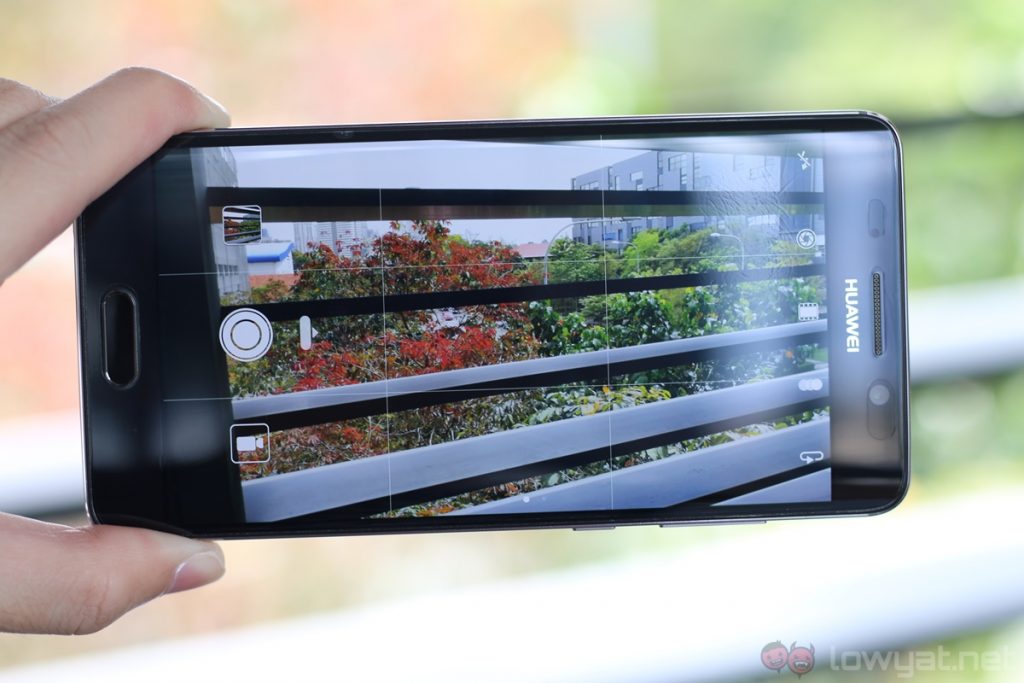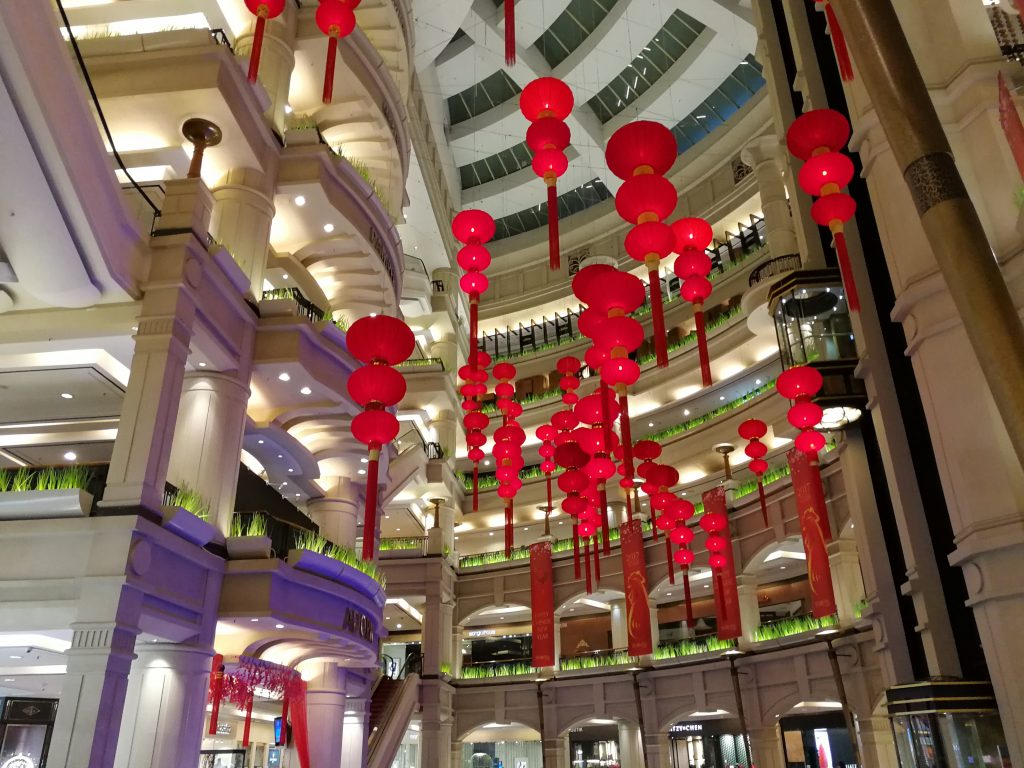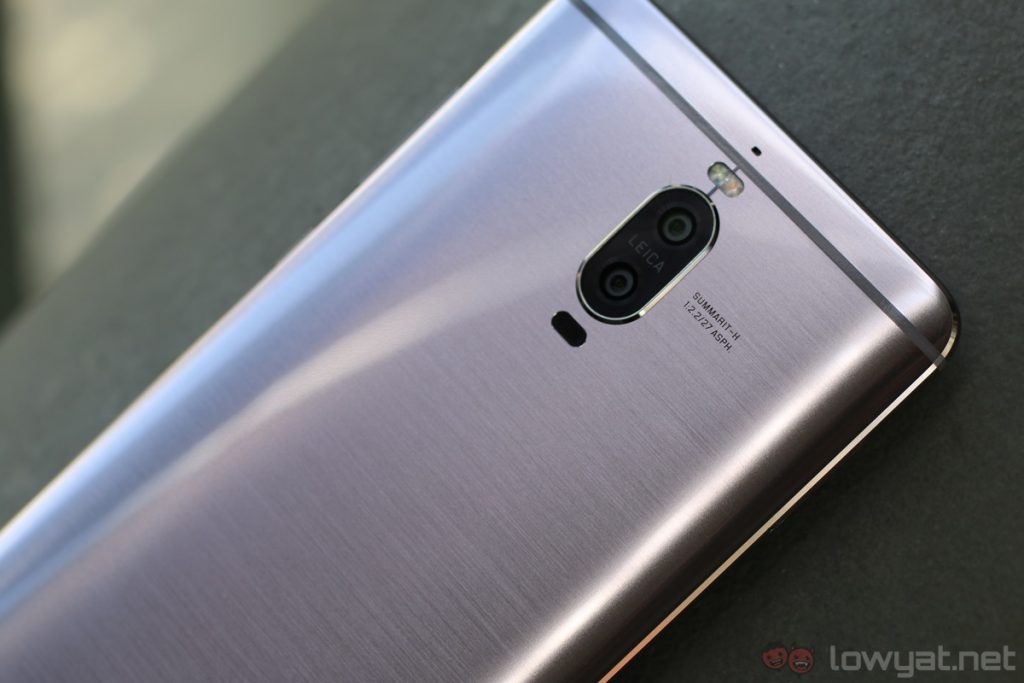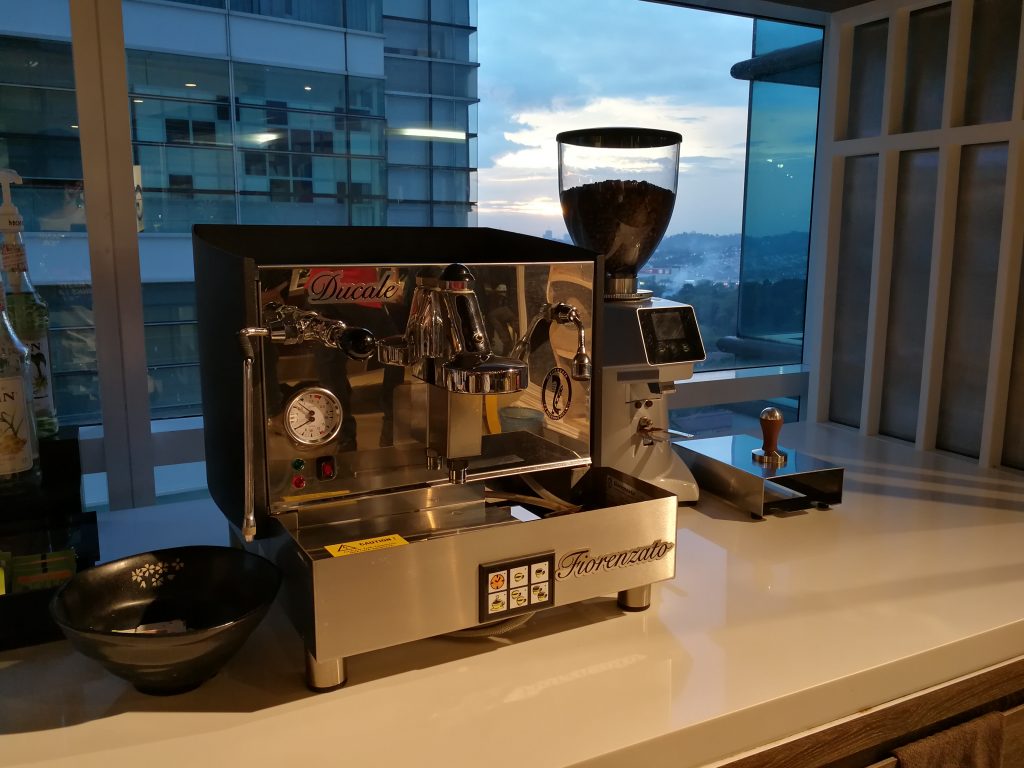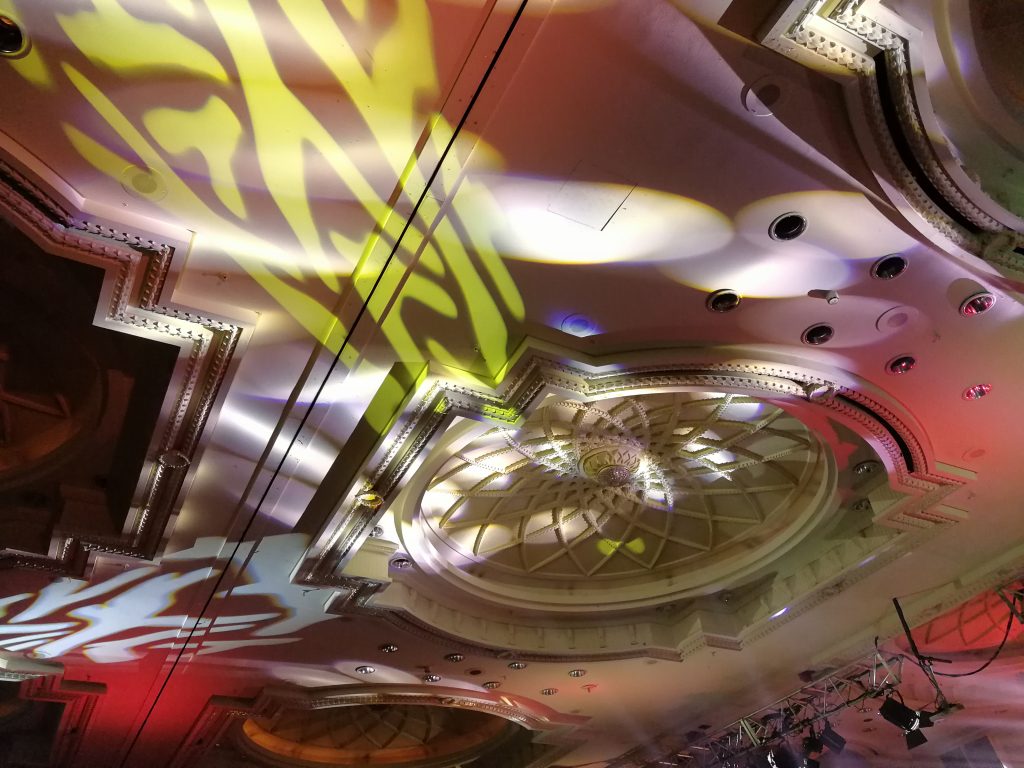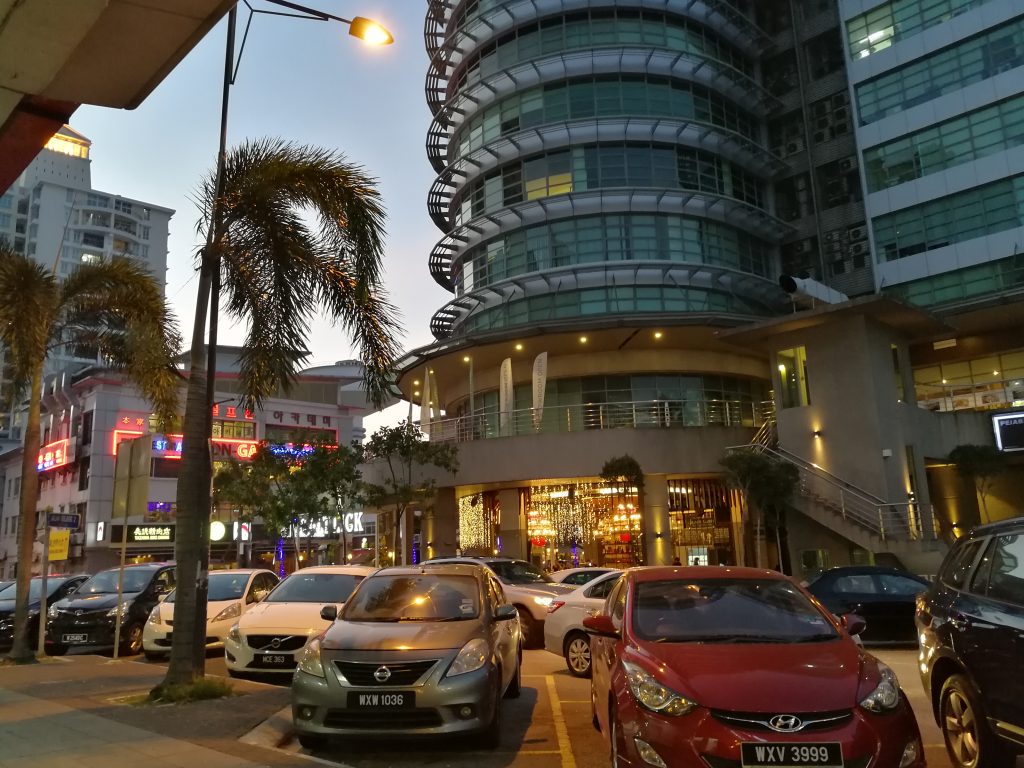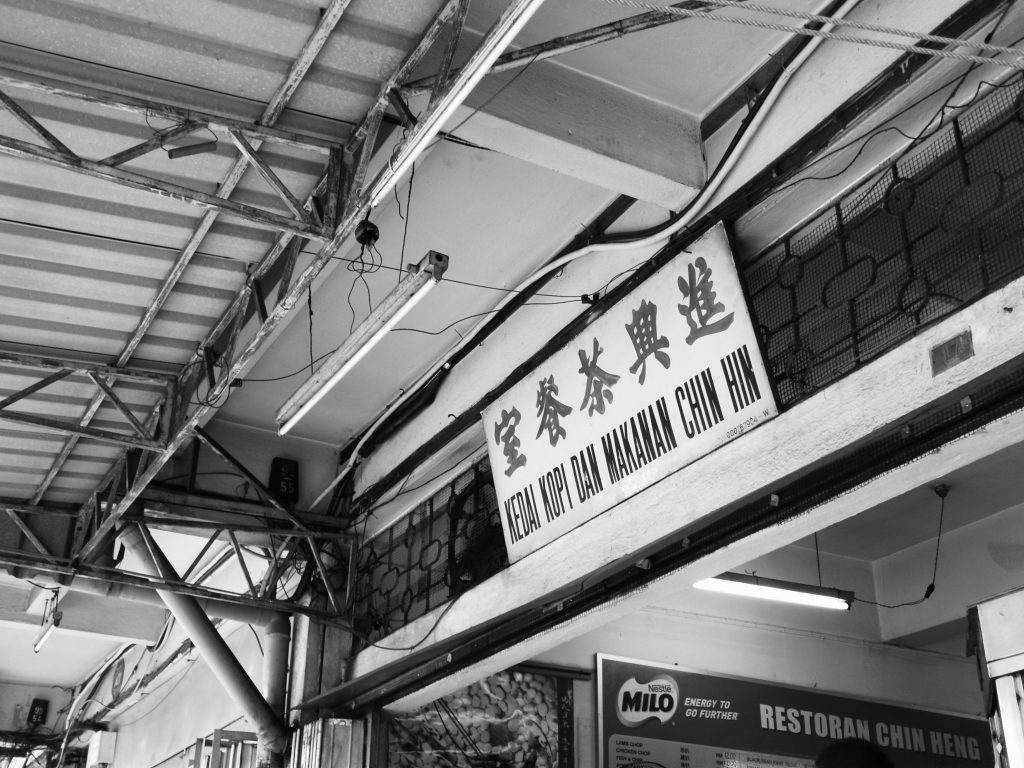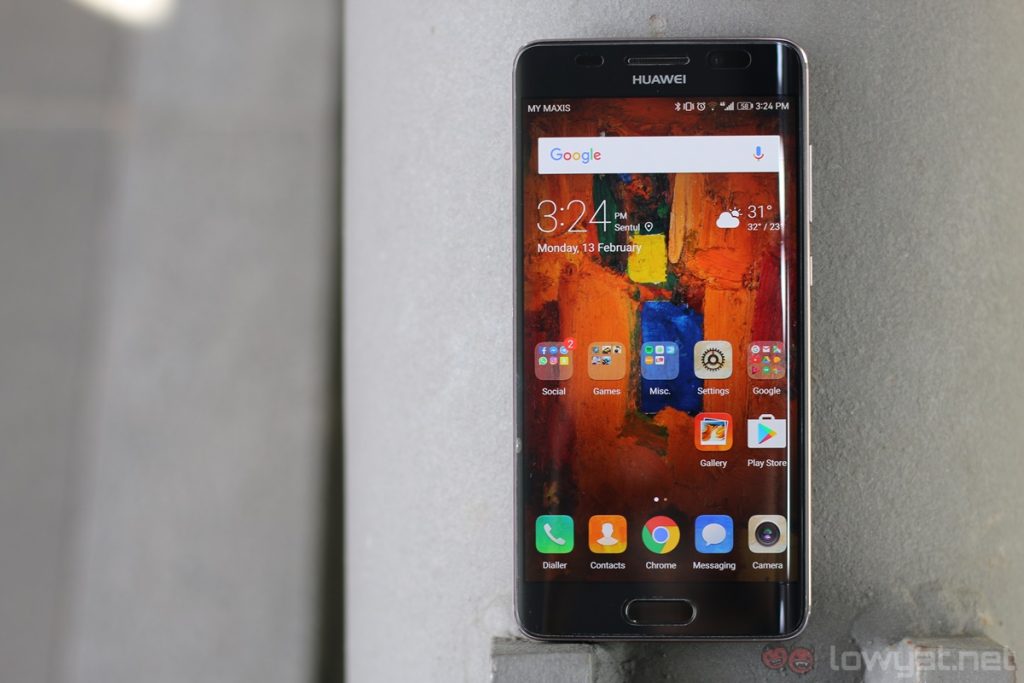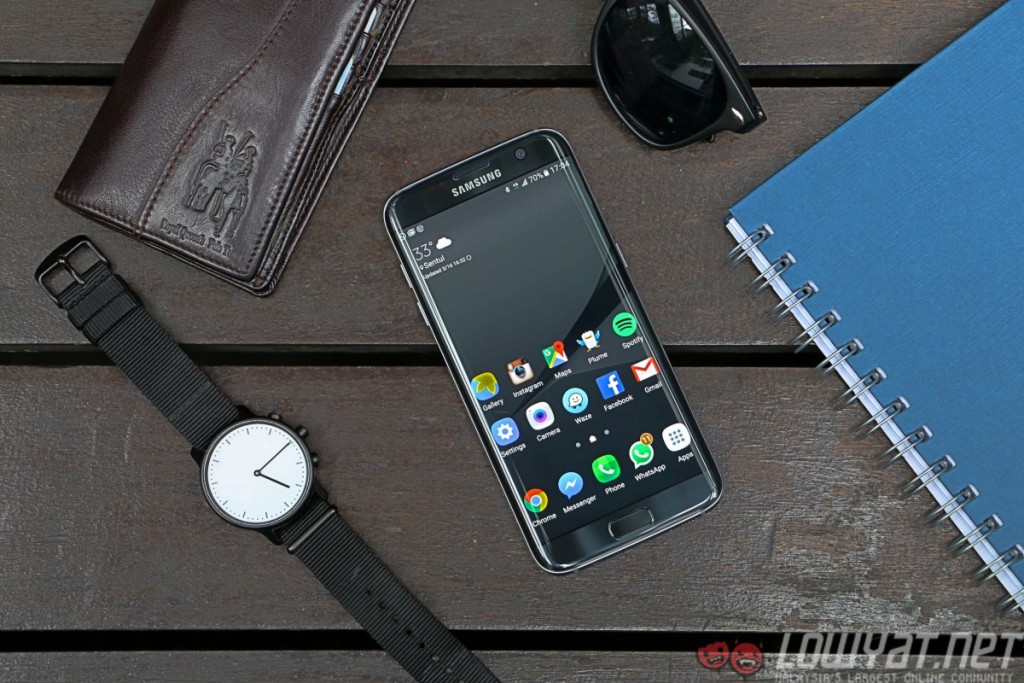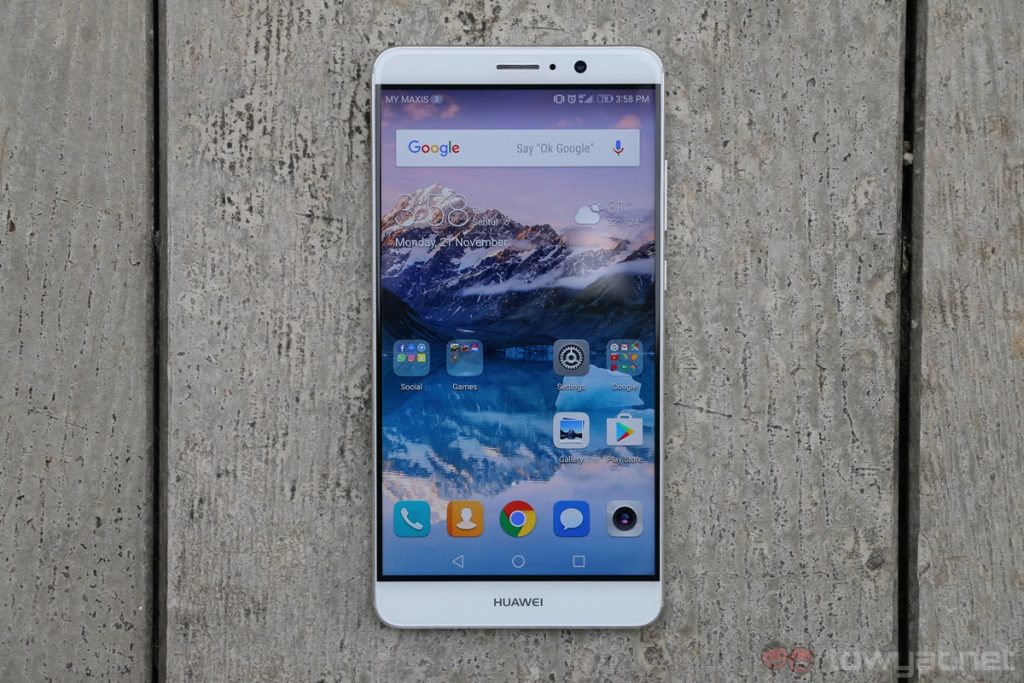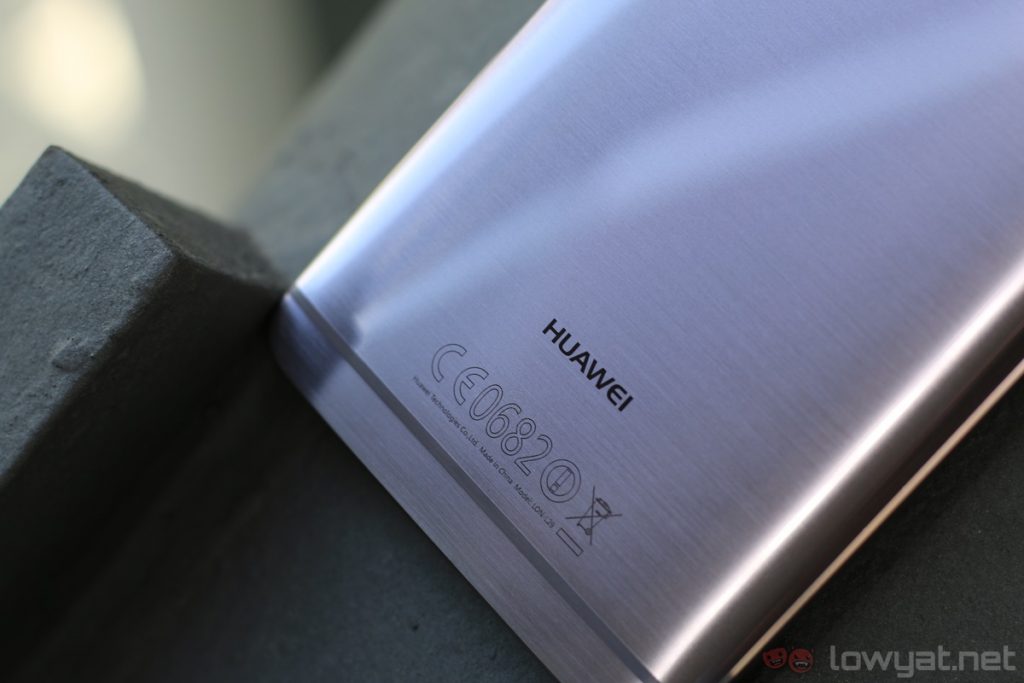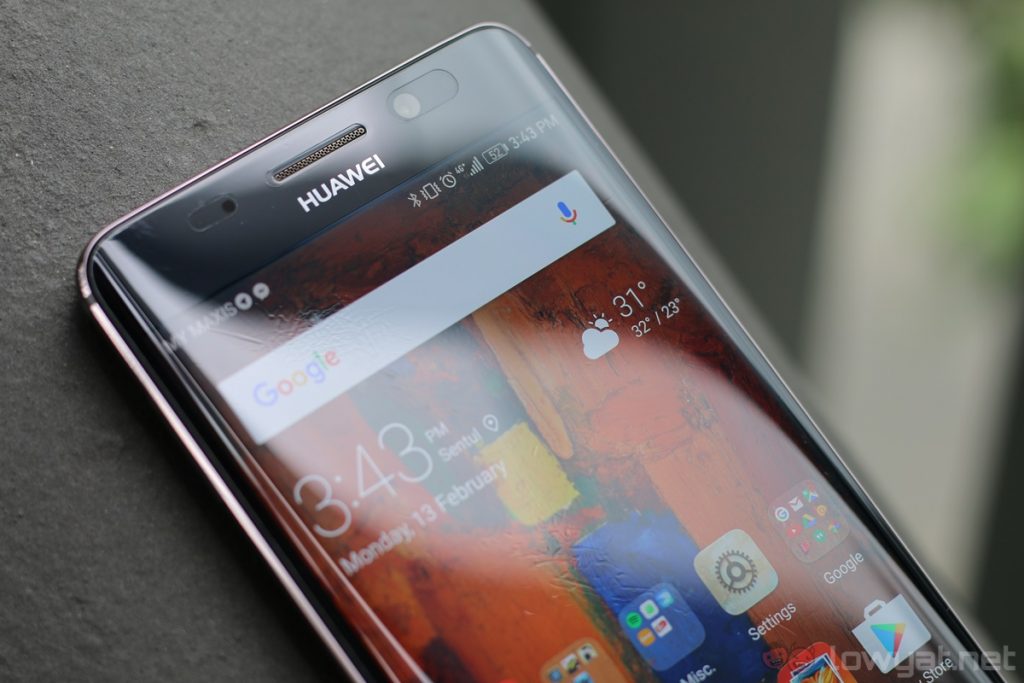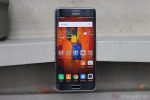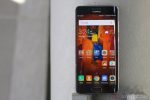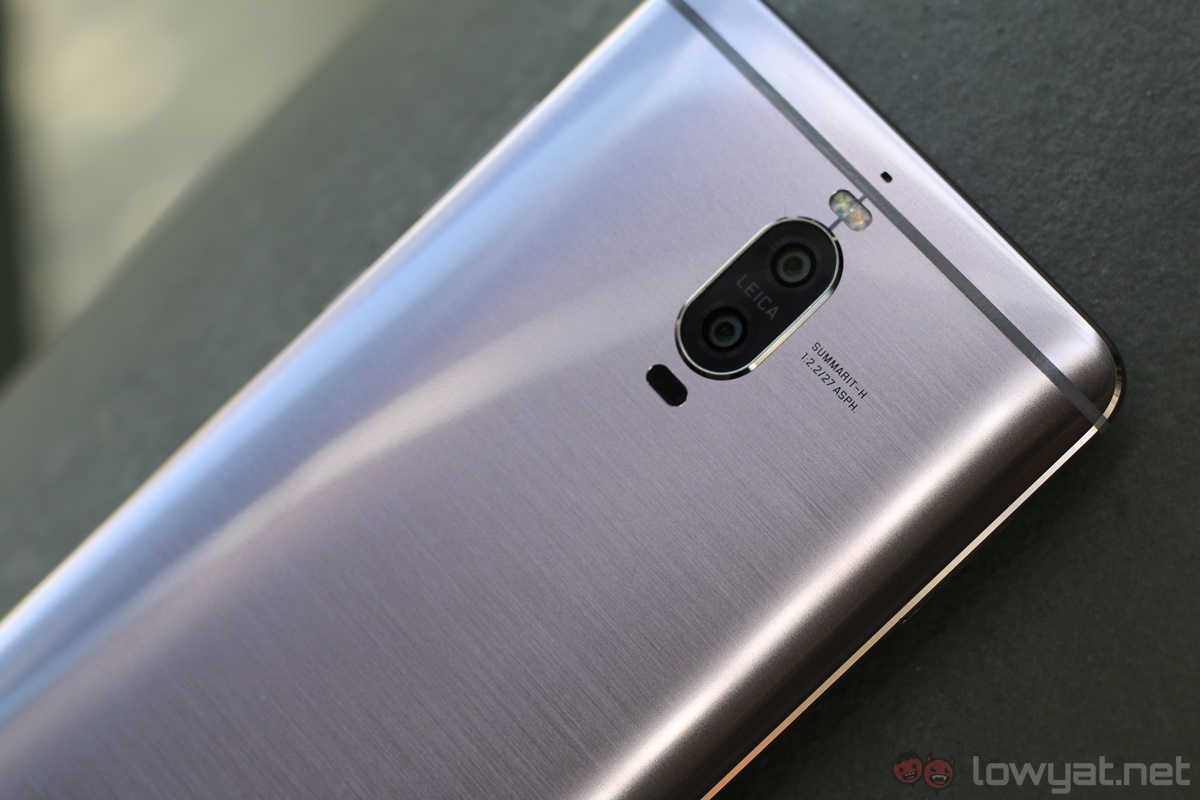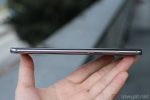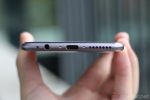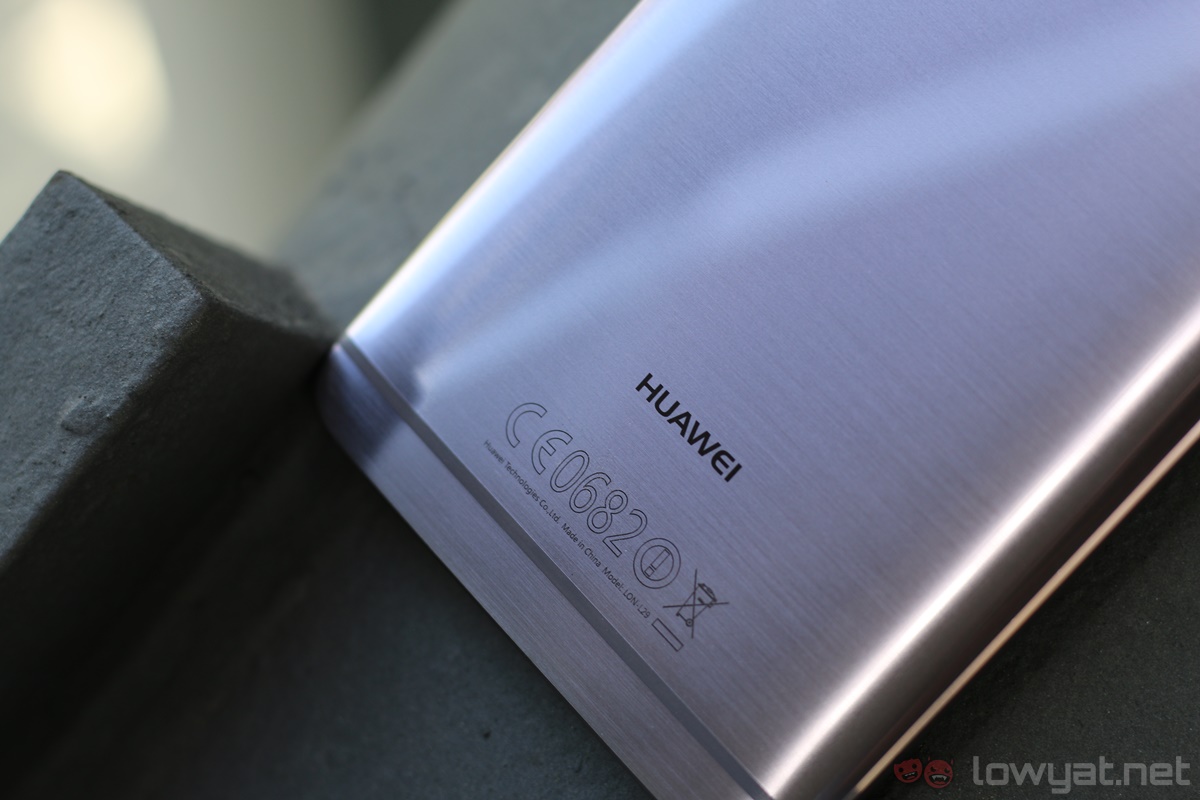Unlike its predecessor, there are three different variants of the Huawei Mate 9; some are drastically different from the other. The standard Mate 9 proved to be a capable – and surprisingly polished – smartphone in our review, and now, we have its more luxurious, bigger brother: the Mate 9 Pro.
Despite packing similar hardware as the regular Mate 9, the Mate 9 Pro has several distinctive hardware that differentiate itself from the former, including a sharper dual-curved display and contrasting design language. In many ways, the Mate 9 Pro is better than the standard model, but this comes at a price – a steep one.
Design & First Impressions
The Mate 9 Pro is one of the sleekest-looking devices in the market, and easily Huawei’s best-looking smartphone to date (the Porsche Design edition notwithstanding). In retrospect, it’s almost as if the Mate 9 Pro belongs to a different lineup than the regular Mate 9: they’re that different from each other.
Let’s start with the design of the Mate 9 Pro. Unlike the Mate 9, the Pro has a glossy metal back, which helps tremendously with the overall grippiness of the phone – it’s much more pleasant to use and hold than the slippery matte finish of the Mate 9’s rear panel. Personally, I much prefer the Mate 9 Pro’s glossy back finish too: it’s really a handsome-looking device.
And then we have the Mate 9 Pro’s other distinctive feature: the dual-curved display. In comparison to, say, the Samsung Galaxy S7 edge, the Pro’s curved display is more…subtle. The dual-curved display offers no utility either; it’s practically there just for aesthetic reasons. Now, this isn’t exactly a bad thing: it’s a unique feature, and I didn’t experience any issue with palm rejection either, which is quite an issue with the S7 edge.
While the Mate 9 Pro’s design is one of its strongest points, I do wish it retained the high screen-to-body ratio of the standard Mate 9. For one, the rather sizeable top and bottom bezels of the Pro – aside from making the device taller than it should be – aren’t quite as sleek-looking as the tiny bezels of the Mate 9.
Nevertheless, if there’s one thing Huawei does very well it is the fingerprint sensor. Here, it is lightning quick just like on the rest of Huawei’s previous flagships. A quick tap on the sensor is all it takes to unlock the device, which is really something that I’ve come to expect from Huawei. The Chinese company’s devices have some of the fastest fingerprint sensors in the market, and the Mate 9 Pro is no exception.
It goes without saying that the Mate 9 Pro is a more premium device – both in looks and feel – than the Mate 9. Of course, there are more features that differentiate the Pro further than its more utilitarian brother, and they may just justify the price difference between these two devices.
Hardware
Much like the Mate 9, the higher-end Mate 9 Pro also has the same excellent Leica-certified dual-camera system; it’s also powered by Huawei’s very capable HiSilicon Kirin 960 processor, which lends to a very pleasant user experience. Despite packing a higher resolution display than the Mate 9, the Pro is still very zippy and responsive; gaming on it is very enjoyable too.
However, the Mate 9 Pro does lack – arguably – one of the most important features of a smartphone. Although it has more RAM and internal storage – the Pro has 6GB of RAM and 128GB of storage instead of the Mate 9’s 4GB RAM and 64GB memory – the Mate 9 Pro does not offer its standard counterpart’s microSD card slot. While I’m more than content with the 128GB storage of the Pro, I’m sure some consumers won’t share the same sentiment.
Benchmarks
Software
For the most part, EMUI 5.0 on the Mate 9 Pro is identical to the Mate 9, but there are some improvements here and there. For example, the white-on-white colour issue in the notification panel has been fixed; notifications are also represented individually now, which is a very welcome change. It’s worth noting that the standard Mate 9 no longer suffer from these issues as well.
While the software experience of the Mate 9 Pro doesn’t differ that much from the Mate 9, there is one small – but very noticeable – change: the Pro doesn’t have the Mate 9’s very useful fingerprint sensor gestures. Basically, I can’t swipe down on the sensor to access the notification panel anymore; a feature I really miss transitioning to the Mate 9 Pro from the standard model.
That being said, the Mate 9 Pro’s front-facing fingerprint sensor does have a particularly interesting trick. On top of the standard three-button Android navigation keys, I can opt to use only the fingerprint sensor instead. A quick tap on the sensor brings me back to the previous screen, a long press summons the home page, and swiping left or right opens the Recent Apps page.
While this is a rather interesting navigation method, I find myself just using Android’s three standard navigation keys. It’s familiar, and most of all, isn’t quite as finicky as the single button navigation. For one, the sensor doesn’t always recognise a swiping motion whenever I want to bring up the Recent Apps page.
Nonetheless, EMUI 5.0 on the Mate 9 Pro is still very pleasant to use. It is lightweight, zippy, and honestly, one of the better versions of Android that is not stock Android.
Battery Life
Despite being smaller in dimension than the regular Mate 9, the Mate 9 Pro still packs the same 4,000mAh battery of the former, which is impressive. To my surprise, the Pro actually offers similar – if not identical – battery life as its regular counterpart; this is despite the Pro packing a sharper 1440p display. More likely than not, the Mate 9 Pro’s smaller display and more power-efficient AMOLED display helped retain the same excellent battery life of the Mate 9.
Other than that, Huawei’s proprietary SuperCharge feature is still as fast as ever on the Mate 9 Pro. Just like how it was for the Mate 9 in our testing, I managed to get 60% of battery life within only 30 minutes of charging.
Display
This is arguably the most noticeable difference between the Mate 9 Pro and its regular counterpart. The Pro’s 5.5-inch dual-curved 1440p AMOLED display is really a class above the Mate 9’s 5.9-inch 1080p IPS panel. It is sharper, colours are more vibrant and punchy, and the excellent blacks – one of the biggest advantages of AMOLED displays – make for a very pleasant viewing experience. The curvature of the display is also subtle enough to not be a nuisance in everyday usage while still looking stylish.
Audio
In this department, the Mate 9 Pro is very similar to the Mate 9, which isn’t necessarily a bad thing. The Pro’s bottom-firing mono speaker can get pretty loud, there’s no noticeable audio distortion at maximum volume, and everything considered…this phone has a decent speaker – though that’s all there is to it.
Camera
Packed with the same 20MP monochrome sensor + 12 MP RGB sensor that make up the dual-camera setup of the Mate 9, the Mate 9 Pro is as capable as the former in this respect. It takes great looking shots without too much effort, and although some may still be sceptical of the “Leica-certified” dual-camera system, there’s no denying that it’s an impressive shooter.
Of course, the Mate 9 Pro also shares the same weaknesses of the Mate 9’s camera. The autofocus speeds aren’t quite as quick as, say, the Galaxy S7 edge’s excellent dual-pixel camera, and the responsiveness of the camera interface could still be improved.
Despite not having the “absolute best” camera, the Mate 9 Pro’s camera performance is still very respectable. If Huawei were to pack a larger aperture lens in its future smartphones for improved performance, it’s almost a certainty that the company will be that much closer to its competition in the camera department.
Sample Images
Competition
The most immediate competitor to the Mate 9 Pro is definitely the Samsung Galaxy S7 edge. Both devices have 5.5-inch QHD dual-curved AMOLED displays – though the Pro’s curved display is more subtle – and the RM3,399 Black Pearl variant of the S7 edge (which retails at the same price point as the Mate 9 Pro) also comes with 128GB of internal storage. That being said, the 32GB variant is much closer to the Mate 9’s RM2,699 price range these days – the S7 edge is, after all, almost a year old.
Unlike Huawei’s offering, the S7 edge has expandable storage; it also has a superior 12MP dual-pixel camera, which provides a more pleasant shooting experience, very fast autofocus speeds, and better overall performance thanks to its bigger f/1.7 aperture. Other than that, the S7 edge comes with IP68 rating too, which gives it water and dust resistance – a feature the RM3,399 Mate 9 Pro sorely lacks.
To top it all off, the Galaxy S7 edge can now be purchased for much less than its RM3,099 official price tag, although the Black Pearl variant with 128GB of storage is roughly at the same price point as the Mate 9 Pro. That is not to say the Pro doesn’t have its own advantages: its 4,000mAh battery provides better battery life, and the 6GB RAM may prove to be useful over the S7 edge’s 4GB RAM.
Another noteworthy competitor to the Mate 9 Pro comes from its own family of devices: the Mate 9. Retailing at RM2,699, the Mate 9 costs RM700 less than its Pro counterpart, and it has the same dual-camera configuration, Kirin 960 processor, as well as comparable battery life.
At RM700 less, the Mate 9 doesn’t feel and look quite as premium as the Mate 9 Pro; the Pro also has a sleeker and sharper – though smaller – 5.5-inch dual-curved 1440p AMOLED display, which is definitely superior to the Mate 9’s 5.9-inch 1080p IPS display. It’s worth noting that the Mate 9 comes with expandable storage, although it has half the internal storage of the Mate 9 Pro at 64GB.
Conclusion
The Huawei Mate 9 Pro is definitely Huawei’s best device to date – next to the even more extravagant RM6,999 Porsche Design Mate 9, which shares many of the Mate 9 Pro’s features. In its own regard, the Pro is a very sleek, very premium smartphone, and it excels in many areas that make for an excellent overall performer.
Its biggest hurdle, however, is its RM3,399 price tag. At that price point, the Mate 9 Pro has to compete with many other excellent flagship smartphones – it lacks features expected of a high-end smartphone too, including expandable storage as well as water and dust resistance.
Ultimately, the Mate 9 Pro is very similar to the Mate 9: both of them are excellent smartphones, but the absence of several key features hold them back from being even better.
Follow us on Instagram, Facebook, Twitter or Telegram for more updates and breaking news.

